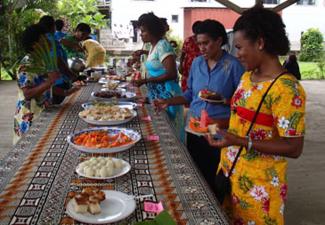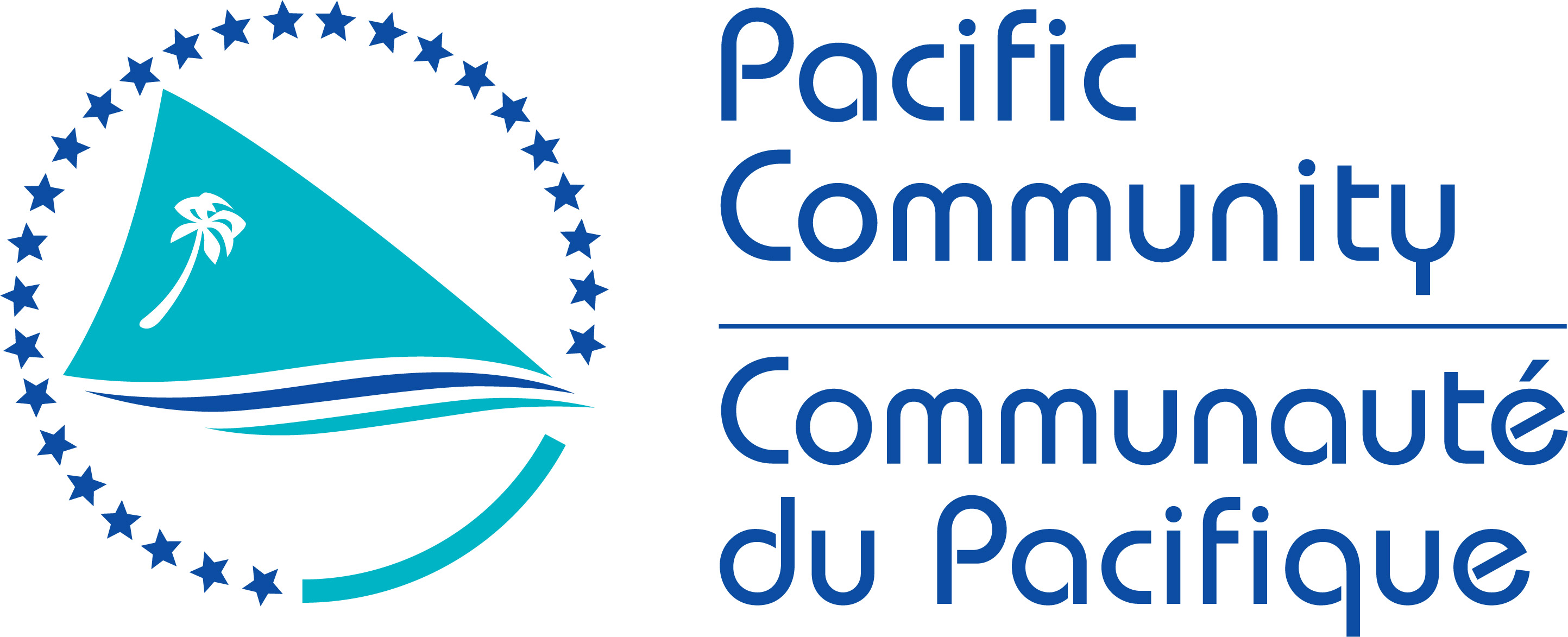
Consuming food or drink that is contaminated with pathogens or toxic substances can make you sick, so ensuring that the food that people eat is both nutritious and safe is an important focus for the Secretariat of the Pacific Community (SPC), reflecting the theme of World Health Day 2015 – food safety.
Most of us have experienced ‘food poisoning’ at some stage and put it down to ‘something I ate’, and unless the symptoms are severe, we do not usually consult a doctor and this contributes to under-reporting of food-borne diseases.
The common symptoms associated with food poisoning are unpleasant and can be fatal if they are not treated properly, especially in infants, young children, pregnant women, the elderly and those with an underlying illness.
Symptoms include diarrhoea, vomiting, fever, stomach pain, anorexia, headache, general malaise and dehydration.
The effects can be mild to severe, depending on the cause, and are usually felt within 24 to 72 hours of eating the food, although they may take days, or even weeks or months, to appear.
SPC works to minimise the risk of food-borne disease by promoting food safety in its nutrition programme, through nutrition training in Pacific Island countries and territories, assisting Pacific governments with developing food and nutrition policy that encompasses food safety, and responding to requests for technical assistance and advice.
Food can be contaminated at any point along the food system, from production to consumption, so minimising the food safety risks involves everyone from policy-makers to food manufacturers, retailers, handlers and consumers.
SPC worked with other international agencies in developing the Framework for Action on Food Security in the Pacific, which was endorsed by Pacific governments in 2010 and is a platform to get everyone involved in handling food working together to ensure our food system is safe and secure.
Food handlers should follow a set of simple guidelines, which were developed by the World Health Organization, to protect food from contamination, including keeping hands and utensils clean, keeping animals and pets away from food, separating raw and cooked foods, cooking food thoroughly, storing food at a safe temperature and using safe water and raw food materials.
Food-borne diseases caused by pathogens include diarrhoea, typhoid fever, listeriosis and hepatitis A. Risk of infection involving pathogens is greatest where sanitation and safe drinking water are inadequate and personal hygiene measures are poor.
The most effective long-term means of controlling and minimising the spread of most food-borne diseases include better personal and food handling hygiene, and universal access to sanitation and safe drinking water.
The director of SPC’s Public Health Division, Paula Vivili, said: ‘Food safety goes hand in hand with food nutrition as a critical element in the wellbeing of Pacific Island people.’
‘SPC promotes safe food in the Pacific though the training of food handlers, such as public health staff and school cafeteria workers, providing policy advice to Pacific governments, and advocating harmonised food regulations for the trading of safe foods, to ensure that the risk of food-borne disease is kept as low as possible.’
SPC’s Biosecurity and Trade Programme, which is part of its Land Resources Division, aims to minimise the risks to human health through advocating for biosecurity safeguards that minimise the spread of diseases affecting people, animals and plants, in line with international standards.
Media contact:
Karen Fukofuka, SPC Food Security Adviser: karenf [at] spc.int (karenf[at]spc[dot]int), +687 26 01 78
